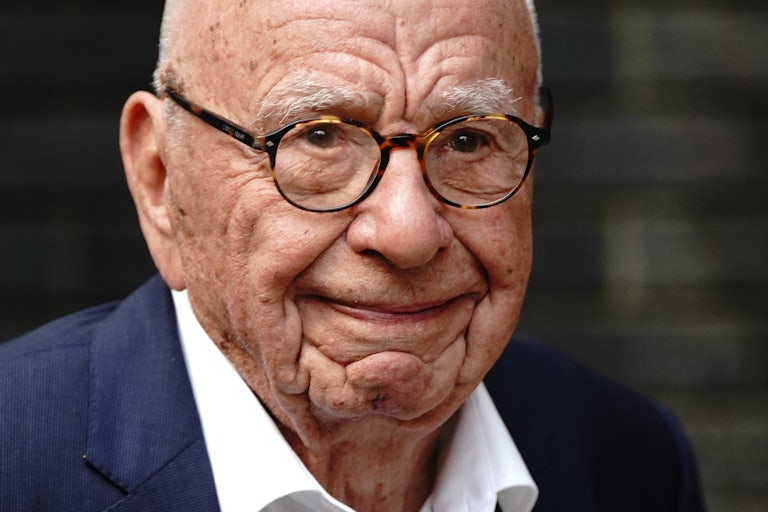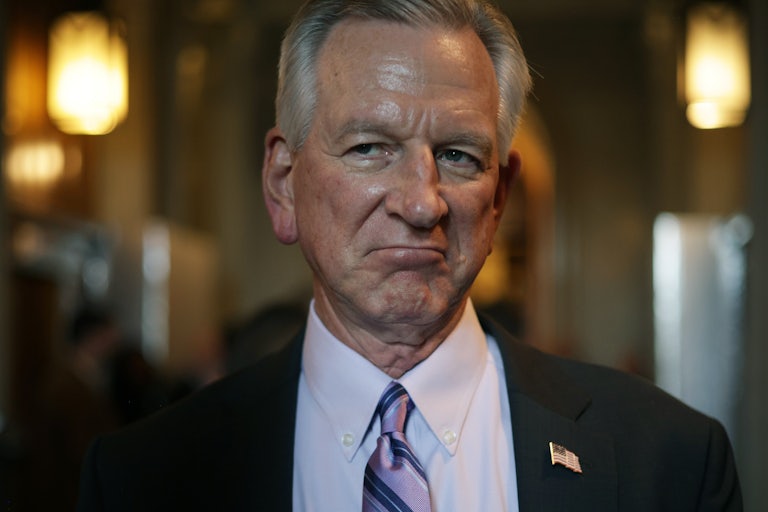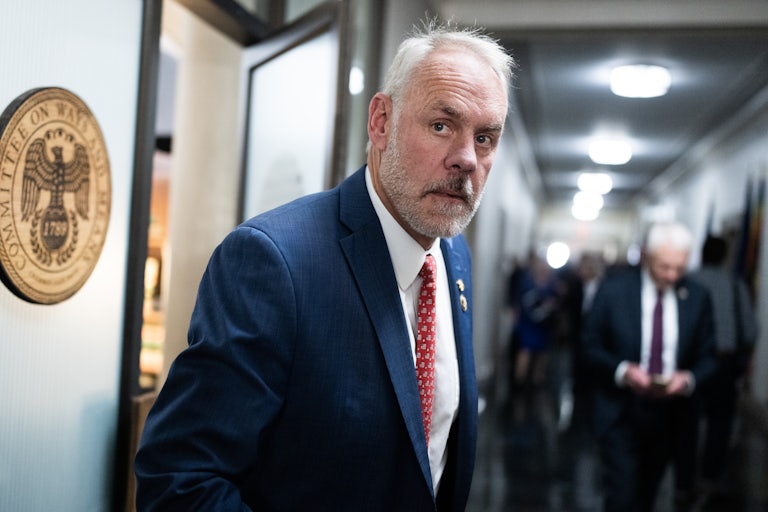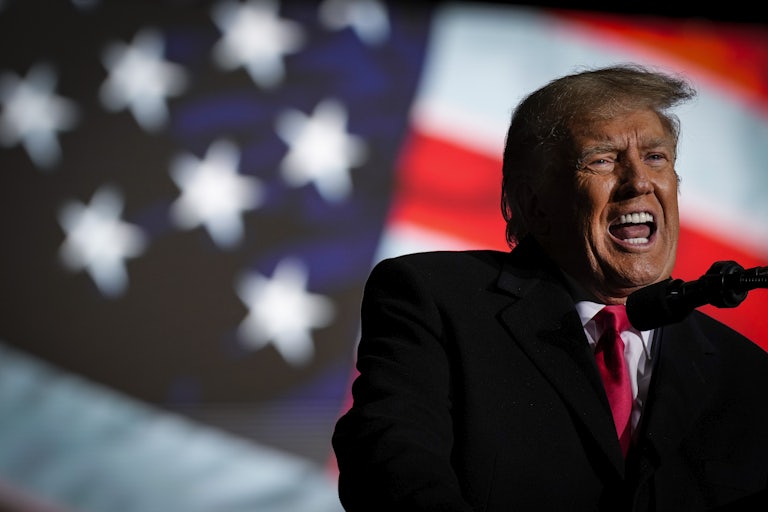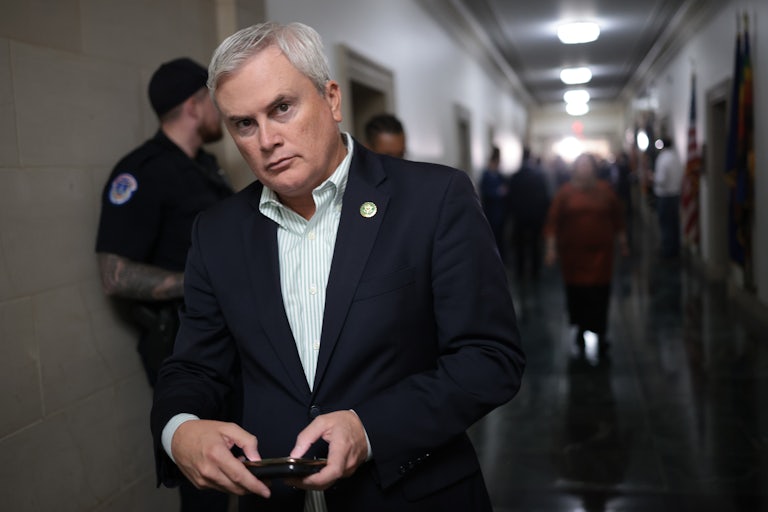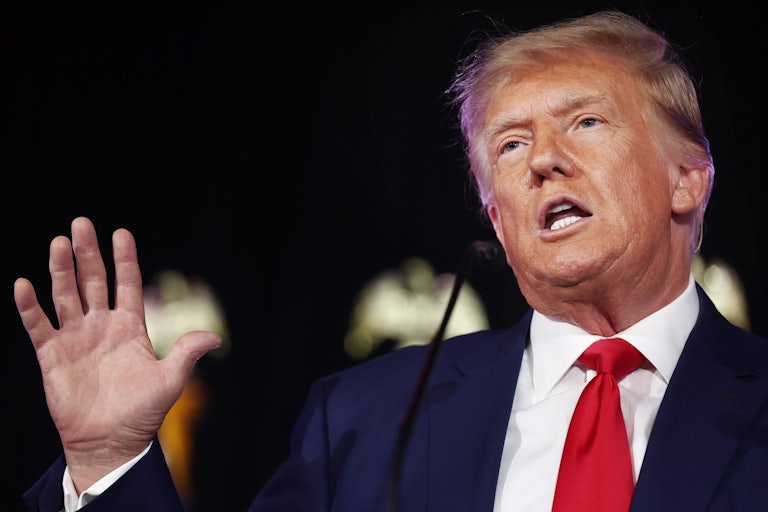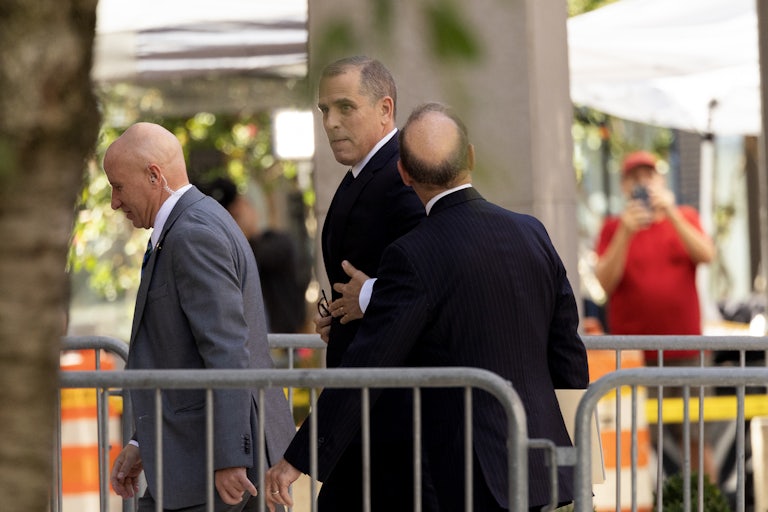Republicans Are Escalating Their Attacks on the Voters They Hate the Most
The GOP’s broad war against voting rights is increasingly being fought on America’s college campuses.
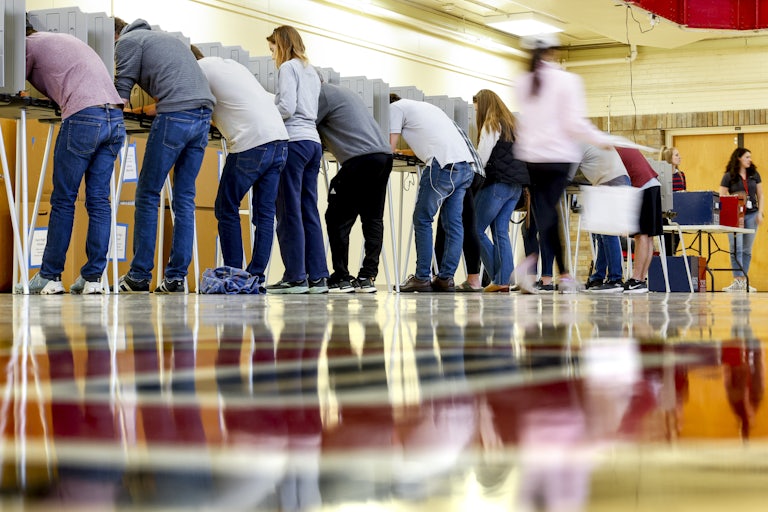
In recent election cycles, young voters have consistently delivered major wins for Democrats. Republicans have decided that the best response is to try to disenfranchise young people.
This year alone, at least 15 Republican-controlled states have introduced or implemented legislation to change the rules around using student IDs at voting booths, according to the Voting Rights Lab. And Rolling Stone reported Tuesday that there is a wider push afoot among GOP lawmakers to eliminate some students’ ability to vote in their school’s state altogether.
“Young people are the reason why Biden won in 2020 and Democrats up and down the ballot won in 2022 and 2023,” Abhi Rahman, the national communications director for the Democratic Legislative Campaign Committee, told Rolling Stone. “If Gen Z continues to vote, we’re on the cusp of the most progressive era in our country’s history. Republicans know this as well, and that’s why they’re doing everything they can to stop young people from voting.”
The GOP’s effort to suppress the vote of college students is well underway in the state of Wisconsin, where the state Supreme Court just last week heard arguments to overturn the Badger State’s heavily gerrymandered district maps. That court leans left for the first time in 15 years, after the April election of Justice Janet Protasiewicz—who won in large part due to massive youth voter turnout.
Immediately after the election, former Wisconsin Governor Scott Walker declared that “younger voters are the issue.” Months later, the state Republican convention considered a resolution to require out-of-state college students to vote absentee in their hometowns. The resolution ultimately failed to advance, but it’s just one part of a much larger effort from the Wisconsin GOP to curtail the youth vote by whatever means available.
In recent years, Wisconsin Republicans have tried to make it harder to register, taken steps to decrease the number of ballot drop boxes and voting booths and to shorten the early voting period, and tried to impose more onerous residency requirements, as well.
In New Hampshire, state Republicans introduced a bill in March that would bar any out-of-state college students from voting in local and state elections. The bill was ultimately killed.
A Texas Republican lawmaker also introduced a bill in March that would prohibit polling booths on college and university campuses (the bill has not advanced out of committee). And Virginia Republicans unsuccessfully tried to repeal a law that would let people age 16 and older register to vote if they will be 18 by the next major election.
Despite appearances, this is no piecemeal effort: Such measures are all part of a larger plan outlined by Republican strategist Cleta Mitchell. Speaking at an RNC donor retreat in April, shortly after Protasiewicz’s win, Mitchell called on the GOP to limit voting on college campuses, same-day voter registration, and automatic mailing of ballots to registered voters. Both young voters and mail-in votes tend to skew Democratic. Mitchell insisted the U.S. electoral systems must be changed in order “for any candidate other than a leftist to have a chance to WIN in 2024.”
Republicans can see the writing on the wall, but they’re taking away the wrong message—and there’s been little, if any, talk among national Republicans about winning young voters back. Increasingly, the GOP seems bent on simply eliminating younger voters from the electorate entirely. During the 2022 midterms, young voters turned out in record numbers and overwhelmingly voted Democratic. GOP luminaries responded with calls to raise the voting age.
Rather than implementing policies about things that young people actually care about—such as environmental protection, increased abortion access, and LGBTQ rights—Republicans are instead embracing stances that alienate huge swathes of the new generations of voters. And then they get angry when young people don’t support them, and the cycle of pushing younger voters out begins anew.
